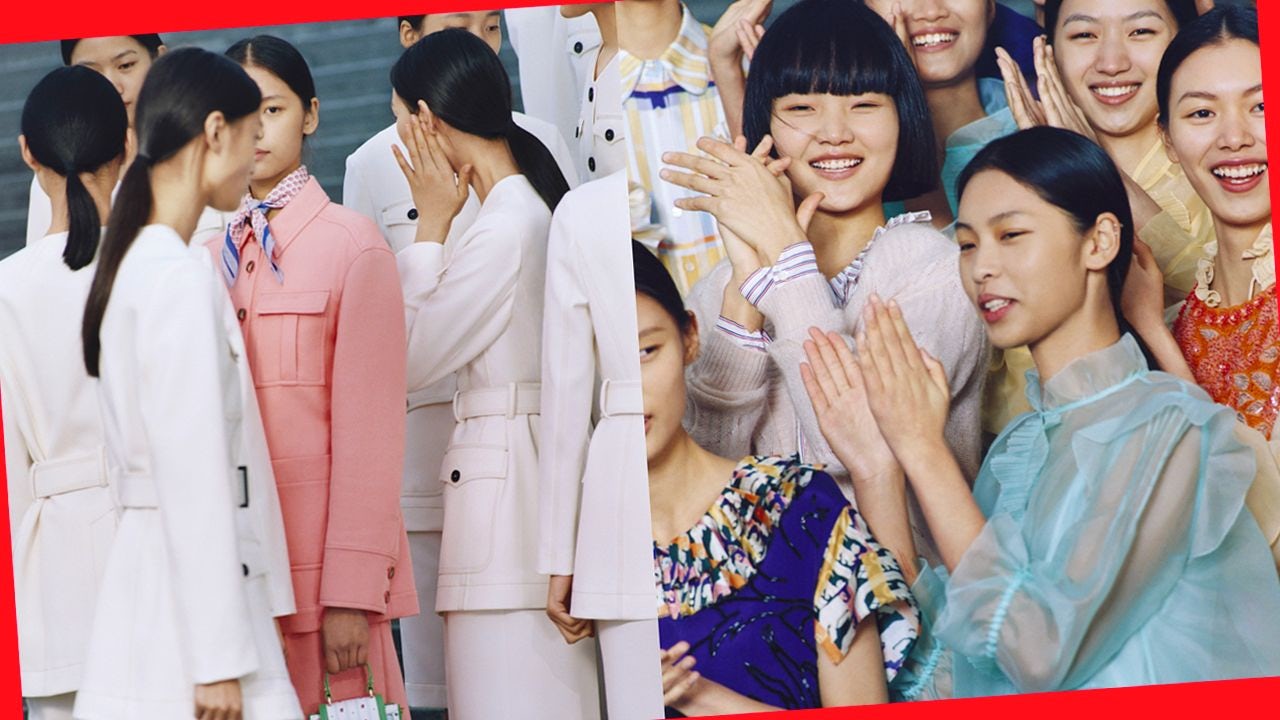Key Takeaways#
:
- Led by local players, Chinese regionalism is still a growing trend that still shows strong future opportunities, especially for brands that are looking to build an emotional bond with their Chinese communities.
- Chinese youths are looking for a closer connection with brands as well as more meaning in their purchases. Brands could develop creative content around China’s regions, which would speak to local communities and young generations who want to know more about their country.
- Becoming more local and specific is the best way to meet the new expectations of Chinese youths, who are eager to know more about and valorize their country’s rich heritage.
One of the greatest challenges of the China market is that it evolves very quickly. Aside from the fast-paced growth of digital technologies there, the country has deep-seated cultural and societal trends that are also evolving and, therefore, refining the new expectations and desires of many Chinese consumers today.
The COVID-19 outbreak has accelerated several trends in China, the most notable of which is the “China Pride” trend. Connecting with the local culture and revisiting China’s heritage has been a hot topic recently, and the trend is still growing. A lot of international brands are trying to understand and embrace it in their communications for specific campaigns, like limited product offers.
China’s rapid recovery from COVID-19 — and the ensuing economic and political importance it has earned around the world — has made citizens feel even more pride in their country. This attachment can be seen in every aspect of life, from a full embrace of the country’s well-documented collective mindset to greater support for Made/Created-in-China brands and products.
But this trend is still evolving, and it is becoming localized at a regional or even city level via cultural specificities. Chinese citizens have shown a strong interest in learning more about these traditions and eccentricities, and the contrasts seen within different regions or cities in China have been reinforced by the fact that travel is currently limited to inside China, thanks to the COVID-19 virus.
Besides the Chinese emblem cities of Shanghai and Beijing (the main tier-1 cities), other regions and cities in China are being seen with a new import, as they continue to settle into their modern identities. The popularity of “localness” can be seen in the runaway success of the Chinese blockbuster film “My People, My Homeland,” which surfed on a wave of regionalism by telling five independent stories from five different Chinese cities or provinces: Guizhou, Zhejiang, Shanxi, Beijing, and Liaoning. The movie was released in theaters during the National Day holiday this October, and it scored more than 25 million (166 million RMB) at the box office.
Today, this new regional wave is being led by Chinese artists and celebrities who want to bring their very local culture to a larger stage as a way to support the places where they grew up.
For example, the talented and contemporary photographer Hailun Ma is famous for revisiting her roots in her photographs. She showcases the beauty of Xinjiang's culture and lands creatively and subtly while collaborating with top media or brands. She symbolizes the new young generations in China that show pride in their regional heritage.
The China regionalism trend is also favored in the music industry now. The growth of rap culture in China has encouraged rappers to sing in their local dialects. For example, the very well-known band, Higher Brothers, sing in a Sichuan dialect that makes them very cool and authentic.
But other styles of music are also revisiting specific cultural traditions. Recently, in the fourth edition of the music contest show “The Coming One,” some interesting personalities have made waves. One of them is Hala Muji from Inner Mongolia, who has studied the Hoomii — a Mongolian instrument — and is promoting his rich background and heritage on the show.
Here is a selection of recent local brands and business initiatives that are resonating with Chinese consumers wanting to reconnect to their local roots, many of which could inspire international brands interested in this trend.
1. Give tribute to a Chinese city through a product#
Labeled the “hero city” after the lockdowns, Wuhan has become a source of inspiration for several local brands that wanted to show their respect and support for the city that was the first to suffer from the COVID-19.
A private label brand called GRAF designed a T-shirt, on which it printed a love letter to Wuhan city, stating, “It may be the fire will burn us out. It may be the rain will wash the pain away…” In the comments section of the brand’s Tmall store, a customer wrote that it is a meaningful T-shirt for Wuhan citizens and a memorial to the city.
The trendy Chinese shoe brand BANU also launched its “Hero Wuhan City” limited collection, which was designed in honor of the city. The heel cap of the shoes is adorned with the word “hero” and a pattern made up of the Yellow Crane Tower, an iconic spot in Wuhan. “Wuhan is the city where I was born and it’s home for me,” said the founder of BANU in his Taobao shop. “No matter where I am, what happens in this city will always tug at my heartstrings.”
2. Promote a city/region with a young vibe and showcase its singularity#
As an urban city, Guangzhou is known for its strong street culture, so the Guangzhou-based streetwear brand @unbreakable launched a pop-up in Guangzhou K11 with the theme "We stand for this city" while introducing a series of exclusive products with specific city design elements. They hope that the young generations can persist in cultivating a street culture in Guangzhou — the city they were born and raised in — to help other Chinese citizens connect with its cool vibe.
3. Travel in China with activations and events outsider of 1st-tier cities#
Fashion shows are not just limited to big 1st-tier cities like Beijing or Shanghai. Recently, LI-NING went down the silk road to Dunhuang in Gansu province for its catwalk show in August 2020.
The show was livestreamed on Tmall, which convinced more than 600,000 people to virtually visit the site and watch the online fashion show with the spectacular landscape of Dunhuang as its backdrop. The hashtag #LI-NINGDunhuangShowCollection on Weibo received 10.44M views and over 2.25M discussions.
For the event, the international beauty brand MAC collaborated with Li-Ning by offering the fashion show’s makeup. The duo also launched a limited-edition Dunhuang city culture makeup collection, which was inspired by the unique history of the city while invoking the Silk Road through its packaging and color palette selection.
As soon as the collection launched, the new lipstick became the hottest makeup product on MAC’s Tmall flagship store, with over 7000 reservations — another instance of consumers showing a strong interest in regional “Guo Chao” culture.
4. Offer an emotional connection with a return to hometowns#
Marrknull is a unisex ready-to-wear brand from Beijing. Last August, the local brand launched its FW2020 lookbook on Weibo. The collection was inspired by the phenomenon of young people leaving their hometown to pursue better opportunities in big cities, and the pictures used rural landscape as backgrounds to highlight the theme of “homesickness.”

